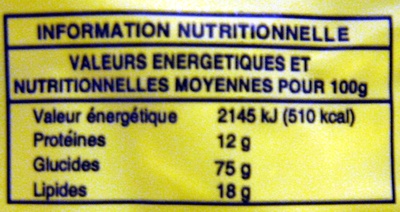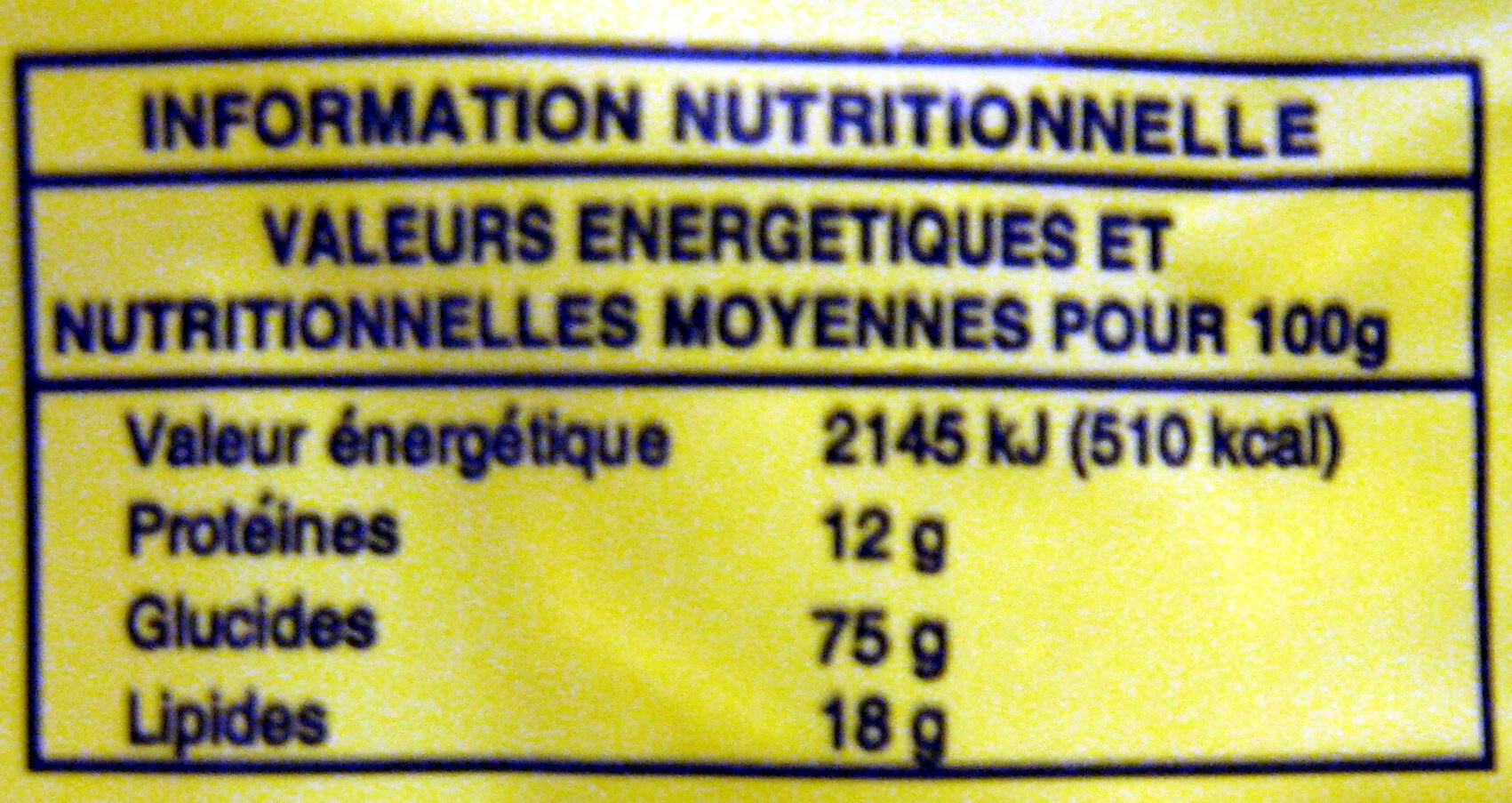Nouilles orientales saveur boeuf - 85 g - Leader Price
This product page is not complete. You can help to complete it by editing it and adding more data from the photos we have, or by taking more photos using the app for Android or iPhone/iPad. Thank you!
×
Barcode: 3263850450112 (EAN / EAN-13)
Common name: Préparation alimentaire à base de blé tendre et sachet d'assaisonnement
Quantity: 85 g
Packaging: fr:Sachet plastique
Brands: Leader Price
Categories: Plant-based foods and beverages, Plant-based foods, Cereals and potatoes, Cereals and their products, Meals, Dried products, Pastas, Dried products to be rehydrated, Noodles, Soups, Dried meals, Instant noodles, Dehydrated soups, fr:Nouilles-asiatiques, fr:Nouilles-orientales, fr:Soupes-de-nouilles
Origin of ingredients: fr:Importé de Chine
Manufacturing or processing places: Chine
Stores: Leader Price
Countries where sold: France
Matching with your preferences
Environment
Carbon footprint
Packaging
Transportation
Threatened species
Report a problem
Data sources
Product added on by miles67off
Last edit of product page on by packbot.
Product page also edited by jacob80, quechoisir, tacite-mass-editor, yuka.Uklrc0FMc2UrTkJXcXRzRTlSK0U2TWwwbVpYMmZIT3BLZFlUSVE9PQ, yuka.WkxFZVNMUUJ1YWd5eDhNNjF4bU95TTExNHBPRld6enJGTEljSVE9PQ, yuka.YVlBYkNic2h1NllGc3NVZHBDSHY2UE40LzVpUEIxT2FOT1JJSVE9PQ.








